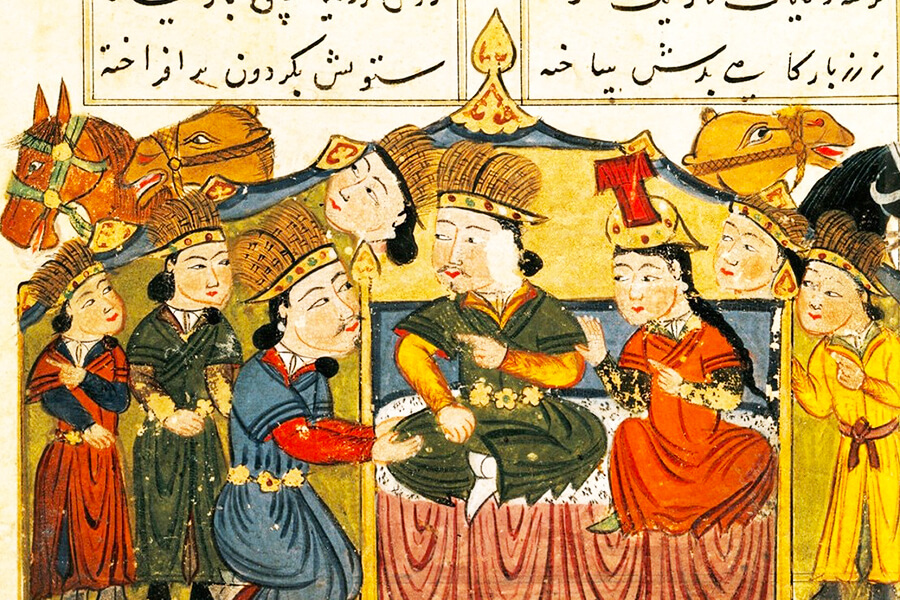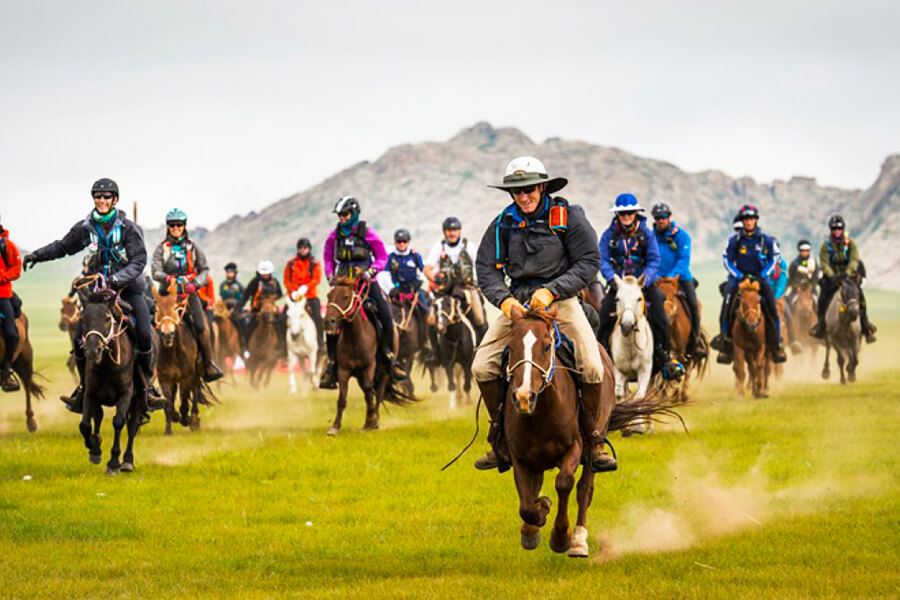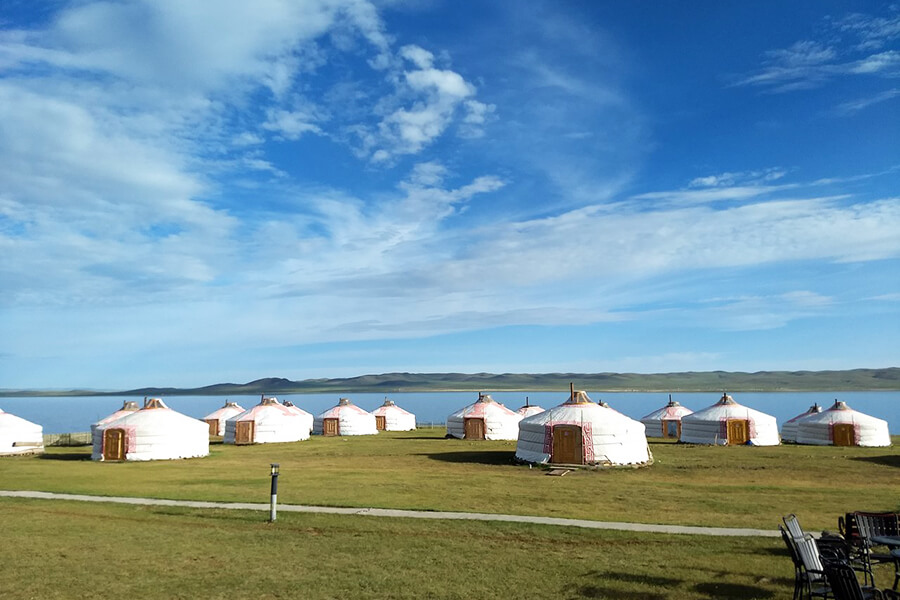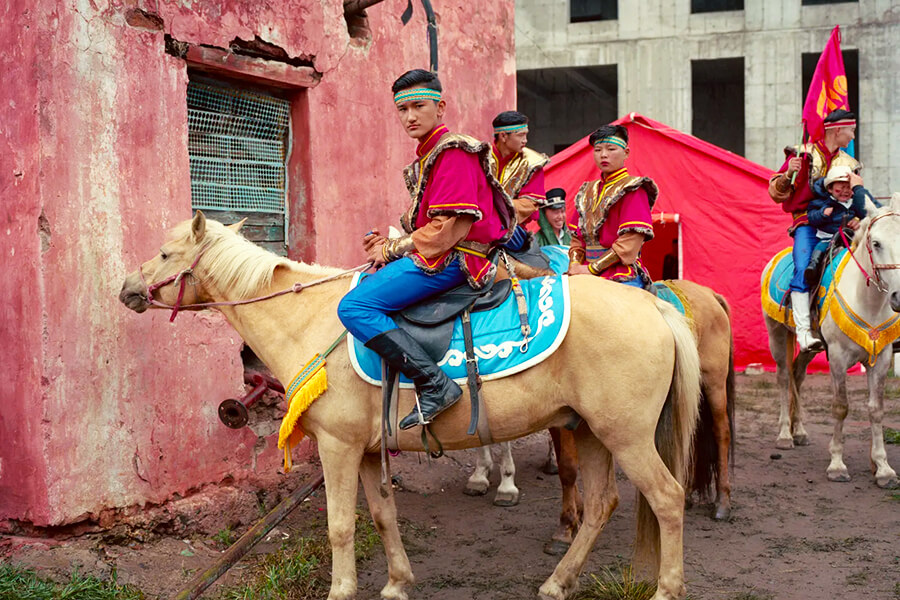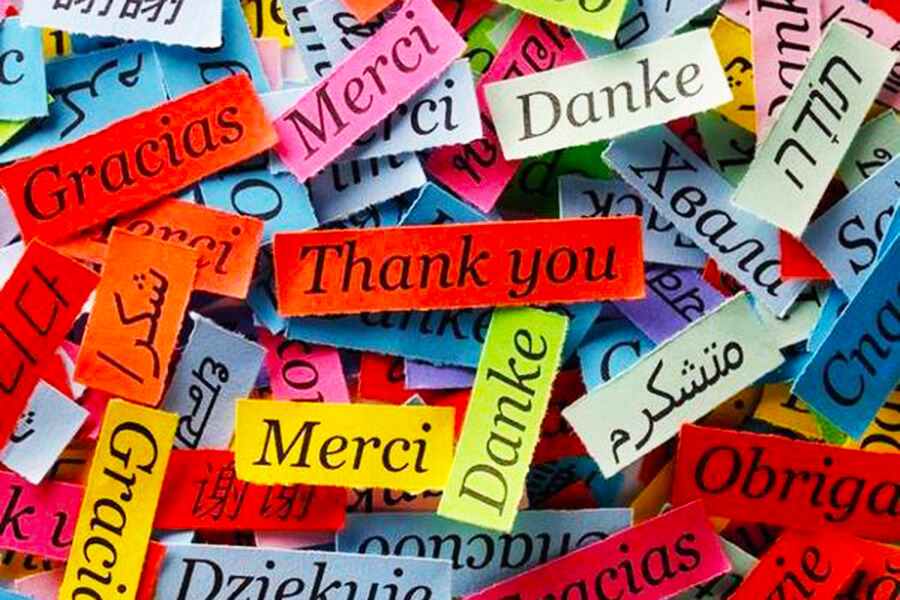Characteristics of Mongolian people is definitely a unique feature that make every tourists once come here impressed. What is it and how is that happen? Embarking on Mongolia vacations with Go Mongolia Tours unveils an immersive cultural experience shaped by the rich traditions and nomadic lifestyle of the locals.
About Mongolia
Mongolia is a landlocked, sovereign, unitary state in East Asia. The word is occasionally used to characterize the current state, and its size is almost similar to the historical Outer Mongolian territory. China borders it on the south, while Russia borders it on the north. The country has very limited farmland due to the presence of mountains to the north and west, the Gobi Desert to the south, and the grassland steppe to the east. 40% to 45% of the population resides in Ulaanbaatar, the capital and largest city of the country.
The largest ethnic minority in Mongolia is the Kazakh people. They made up over 100.000 people in the 2000 Census, or 4% of the whole population. The majority of Kazakhs live in the western province of Bayan-Ulgii, which is separated from Kazakhstan by a hilly region of Chinese and Russian land that stretches for between 47 and 60 kilometers. Languages and religion are the two main cultural markers that distinguish Mongolia's Kazakhs from Mongolians in terms of both culture and ethnicity.
Mongolian Culture
The nomadic culture of the Mongols has had a significant impact on Mongolian culture. Other significant impacts came from China, Russia from the 20th century, Tibet and Tibetan Buddhism. A nomadic or semi-nomadic lifestyle is still practiced by about 97% of the population, and horse culture is still highly valued.
The majority of the population is Buddhist. Nonreligious persons make up the second-largest group. Muslims make up the majority of Kazakh people. The majority of the state's population is of Mongol or Mongolian heritage, however, there are also tiny numbers of Kazakhs, Tuvans, and other ethnic groups throughout the country, mainly in the west. Mongolia joined the World Trade Organization in 1997 and now desires to incorporate more regional trade and economic bodies.
The ger, or Mongolians' connection to the past, present, and spiritual world, is at the very center of their existence. The smoke hole on the top of the tent, which serves as the tent's center pillar and symbolizes the spirit highway, faces the cosmic axis. Invisible spirits are prevalent throughout the cosmos. They must build positive interactions with humans, win them over, and avoid offending them. The majority of tragedies that befell individuals and their cattle, according to the Mongolian people, were caused by the spirits' malicious deeds. The interaction with these unseen beings determines how to acquire and keep good health and riches.
Because of their superstitions and elaborate customs, which are still followed today, Mongolians frequently baffle Western tourists.
In order to continue traveling safely, people frequently circumambulate ovoos (a cairn that serves as a spirit's home) three times and sacrifice sweets or other items. Additionally, certain ovoos, particularly those on high mountains, are sacrificed in order to attract favorable weather, stave off bad luck, and other such things.
Lamaism, or Tibetan Buddhism, rose to prominence in Mongolia in the 17th century. Except in a few isolated areas, traditional shamanism was suppressed and neglected. But some shamanic rituals, such as ovoo worship, were absorbed into lamaist doctrine.
Eagle hunting is a historic kind of falconry that was used by ancient Mongolic and Turkic peoples over the Eurasian Steppe. Kazakhs and Kyrgyz people still do it today in the Mongolian province of Bayan-lgii, as well as in modern Kazakhstan, Kyrgyzstan, and Xinjiang. Although they are well renowned for their golden eagle hunting, these people have also been known to train northern goshawks, peregrine falcons, saker falcons, and other falcons. The most well-known event in Mongolia is the Mongolia Eagle Festival, which draws a large number of visitors.
Mongols And Their Horses
"A Mongol without a horse is like a bird without wings," says a proverb among the Mongols. Horses are highly valued in Mongolian culture, especially among nomads, who depend on them for their daily needs and means of subsistence. The original Mongol breed is relatively light and nearly twice the size of a pony. Horses in Mongolia are historically divided into four types: race horses, postal horses (used for military tasks), horses used to shear sheep, and horses used to round the herd. The racehorses owned by the Mongols are especially prized. The Mongols can identify their horses by their coat color rather than giving them names as the Westerners do.
Mongolian Language
The majority of people in Mongolia speak Khalkha Mongolian, which is the country's official language. The Oirat and Buryat languages are spoken in several distinct dialects throughout the nation. Kazakh and Tuvan, two Turkic languages, are also spoken in the west of the nation. Although it was once written in the Mongolian script, the Mongols now use the Cyrillic alphabet. Slowly but surely, schools are reintroducing the old alphabet.
Russian is the second most spoken language outside of Mongolia after English, however, English has been supplanting Russian as a second language over time, thus knowing Russian will be advantageous.

